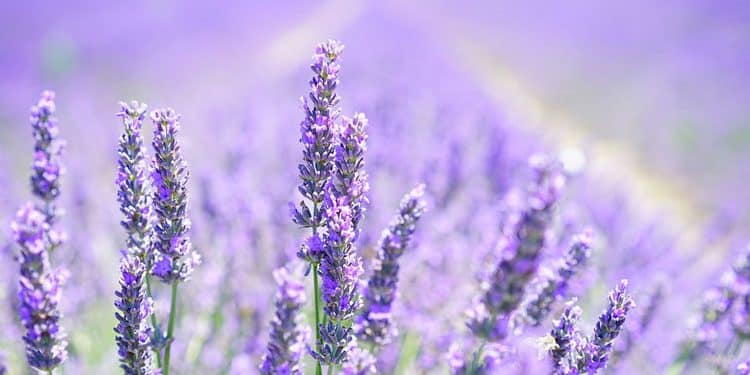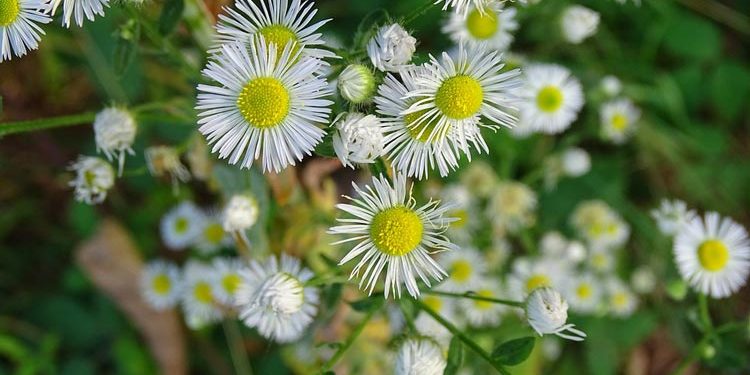The form and size of interest determine the herb garden these plants hold for the individual. It can be a tiny border of commonly used culinary herbs such as mint, parsley, sage, and thyme or an elaborate garden designed to […]
Erigeron – Fleabane, Perennials Guide to Planting Flowers
Erigeron – Fleabane The Erigeron has Aster-like flowers which are in bloom during the Summer months. The different species vary in height from 5 inches to 3 feet. The flowers grow from small tufts of leaves, somewhat like the English […]
Guem – Avens, Perennials Guide to Planting Flowers
Among our pernicious weeds is one whose seeds are provided with hooks which catch in our clothing when on a Summer walk through the woods. This is a Geum. It is a surprise, therefore, to find several excellent perennial flowers […]
Polemonium – Jacob’s Ladder, Perennials Guide to Planting Flowers
Polemonium – Jacob’s Ladder, Charity, Greek Valerian Jacob’s Ladder is a very ornamental and graceful flowering plant of early Spring and Summer. The flowers are blue, or white, flat or bellshaped, and are borne in spikes; the foliage is very […]
Growers Guide for Yarrow – Achillea
Named after Achilles, who is said to have used it as a treatment for his wounds (Compositae). Yarrow, milfoil. Hardy perennials, for the border or border rock garden. Species grown today Rock Garden Yarrows Where to plant and grow Yarrow […]
Erigeron – Perennial Plant, How to grow
From the Greek eri, early or ear, spring, geron, old, possibly referring to the hoary leaves of some species (Cornpositae). Fleabane. Hardy herbaceous, daisy-flowered perennials some of which continue to flower intermittently throughout the summer. Species cultivated E. alpinus, 9 […]
SCHIZANTHUS – Butterfly flower, Annual Flower Information
The flowers of this plant are a delight to those who admire extreme grace, dainty markings, and fantastic forms. Many flowers have been compared by writers to butterflies , but it is only this one that has received the name […]
GILIA, Annual Flower Information
GILIA (Named for Philipp Salvador Gil, Spanish botanist) The Gilias are related to Phlox and, like them, have funnel or salver form flowers. Gilia capitata, Globe Gilia, is a blue sort with flowers in dense heads a half-inch across. The […]
LINARIA Toadflax, Annual Flower Information
LINARIA Toadflax (From Linum-flax; refers to fact that foliage is like that of flax) The Toadflax or Butter-and-eggs, growing along railway embankments, is familiar to all. This is related to the group of annuals known as Linaria. Apparently, the cataloged […]
Corydalis – Perennial Plant, How to grow
How to grow Corydalis (kor-e-day-lis) From the Greek korydalis, a crested lark, a reference to the shape of the flowers (Fumariaceae). Hardy annuals and perennials, widely distributed throughout the temperate regions of the northern hemisphere. Perennial species cultivated C allenii, 3-4 […]










